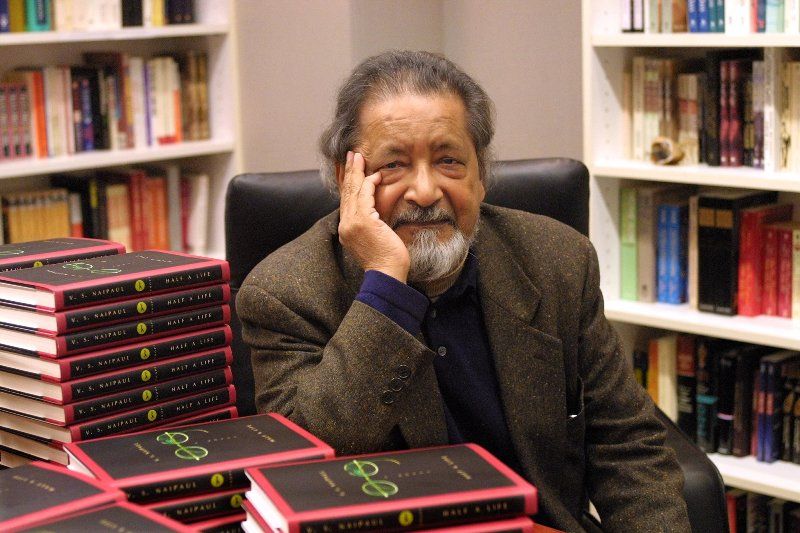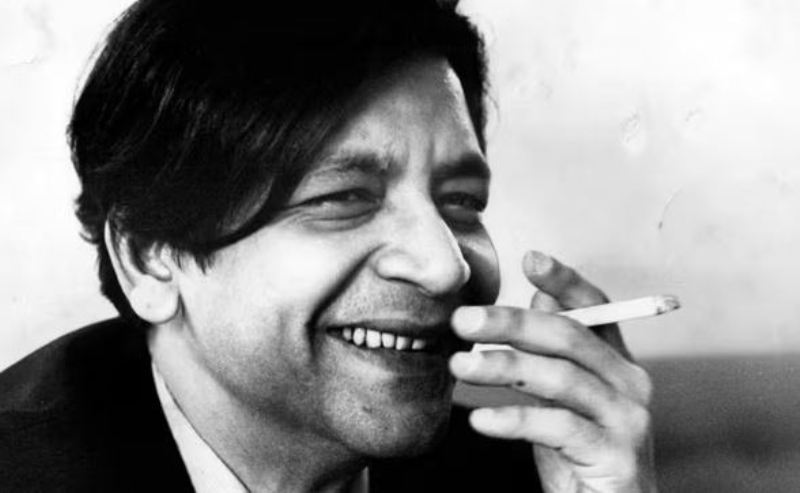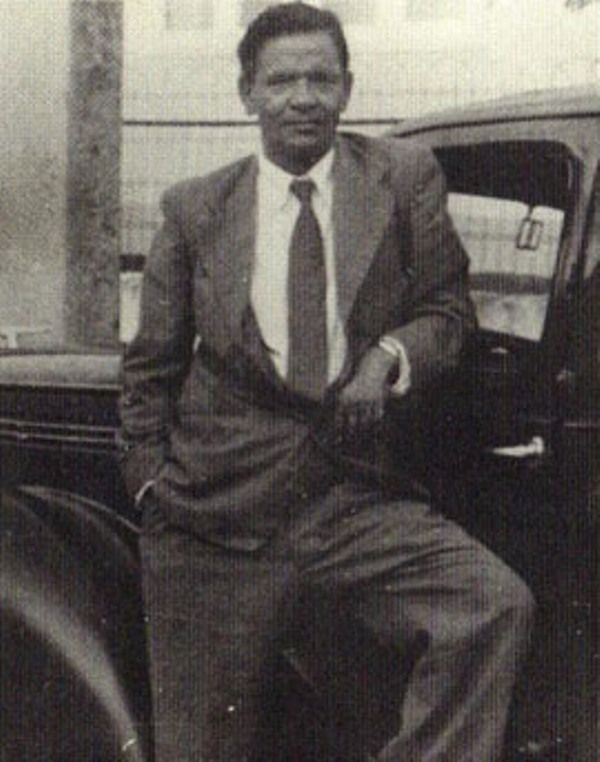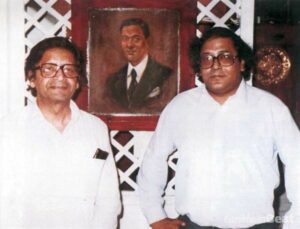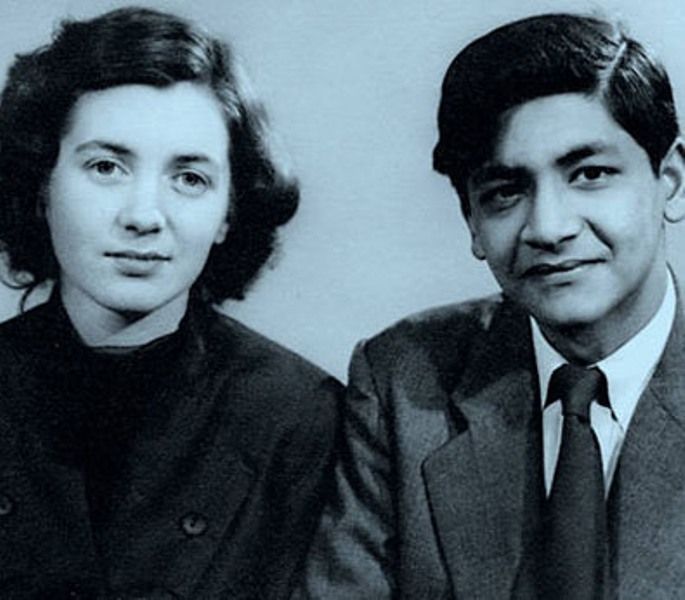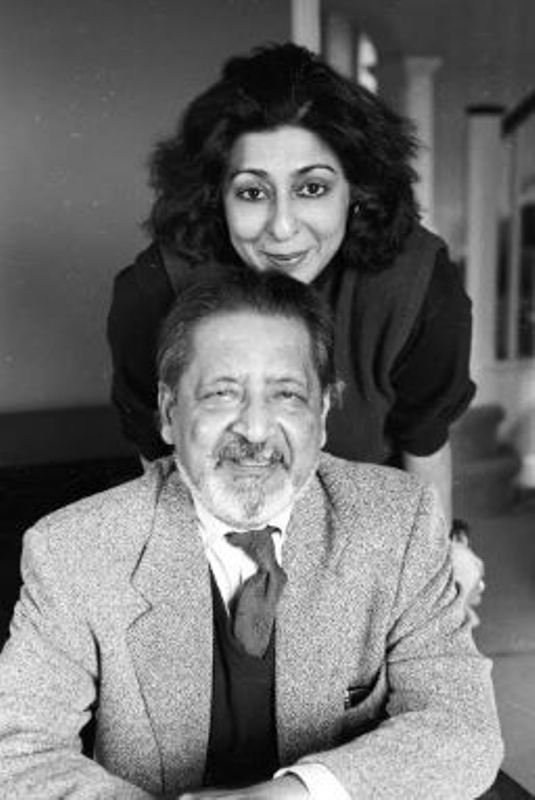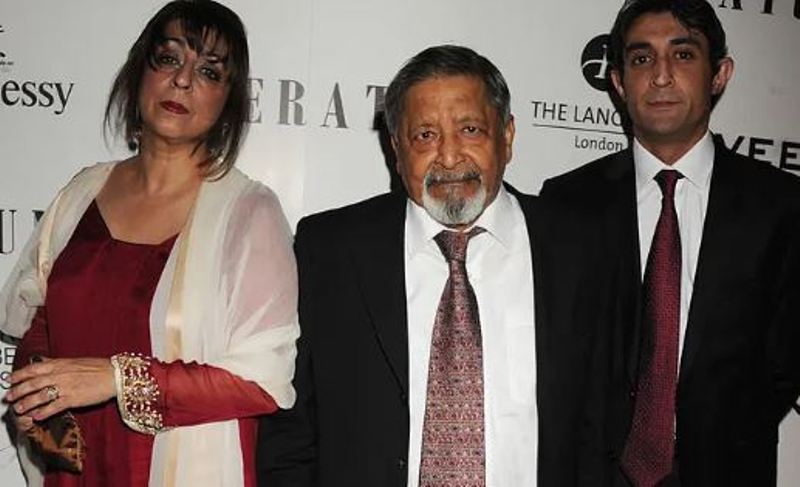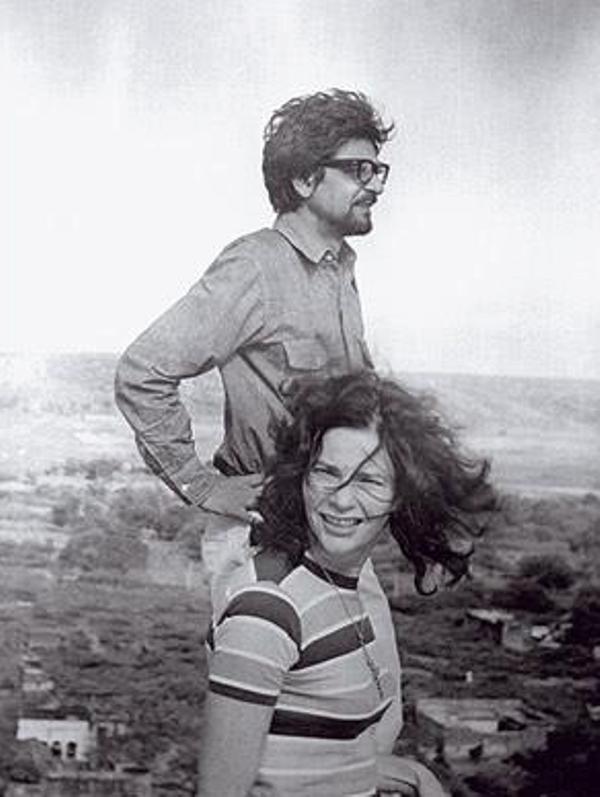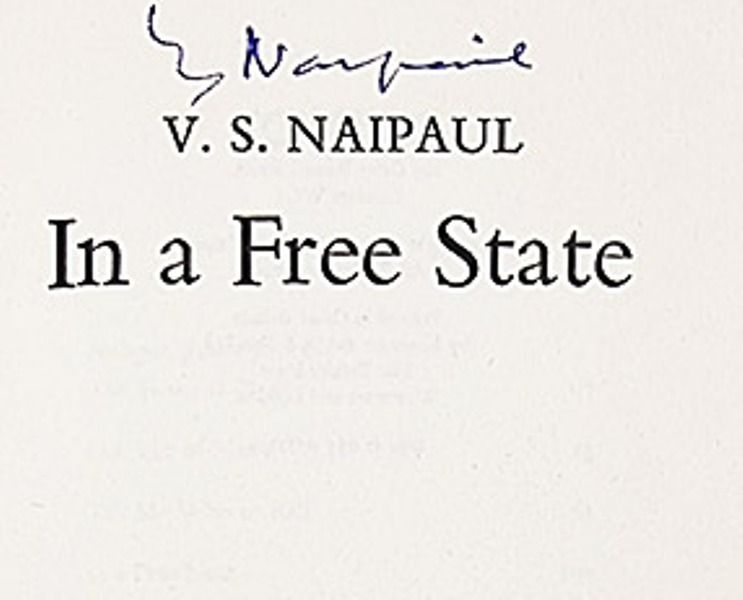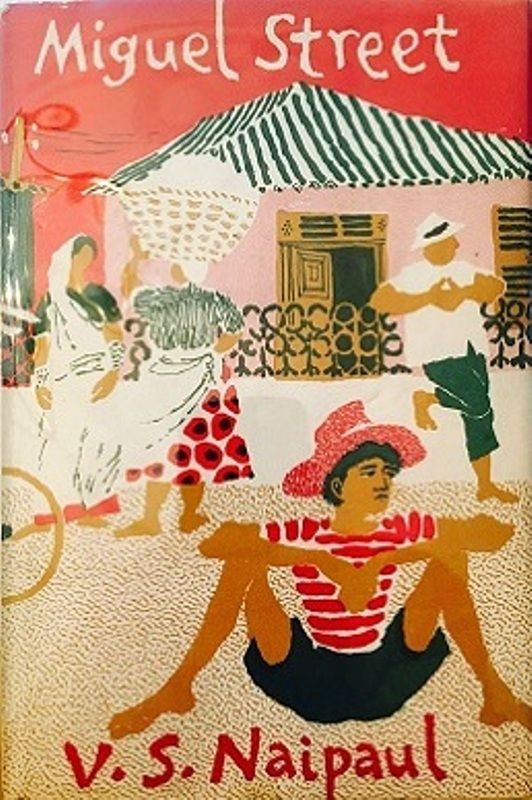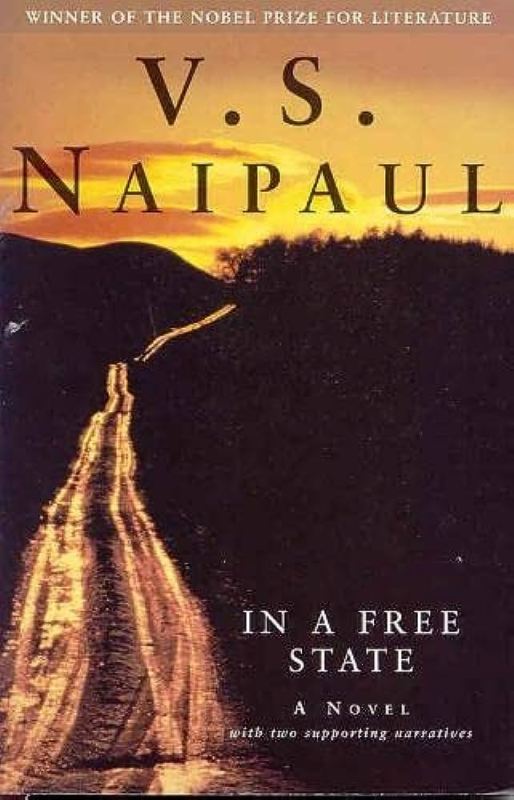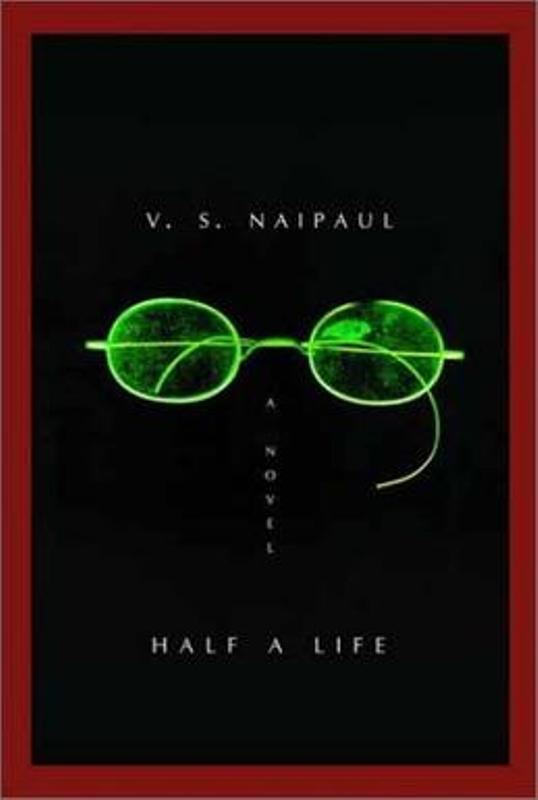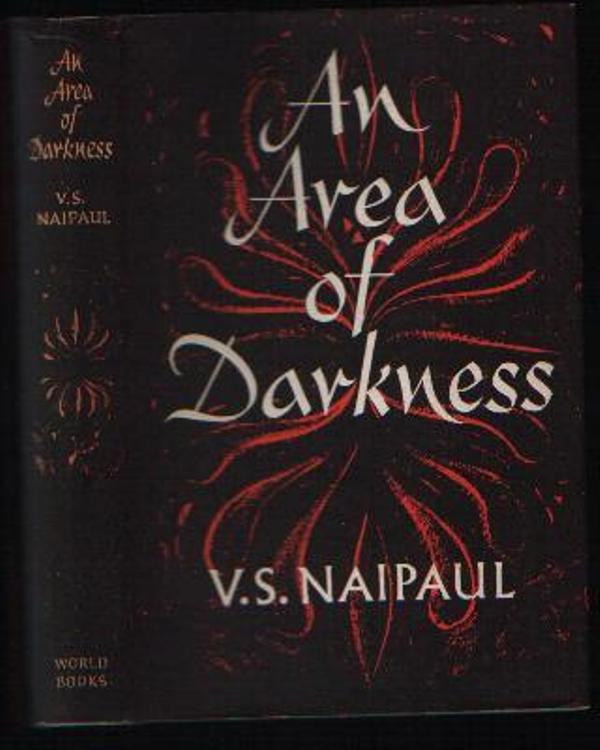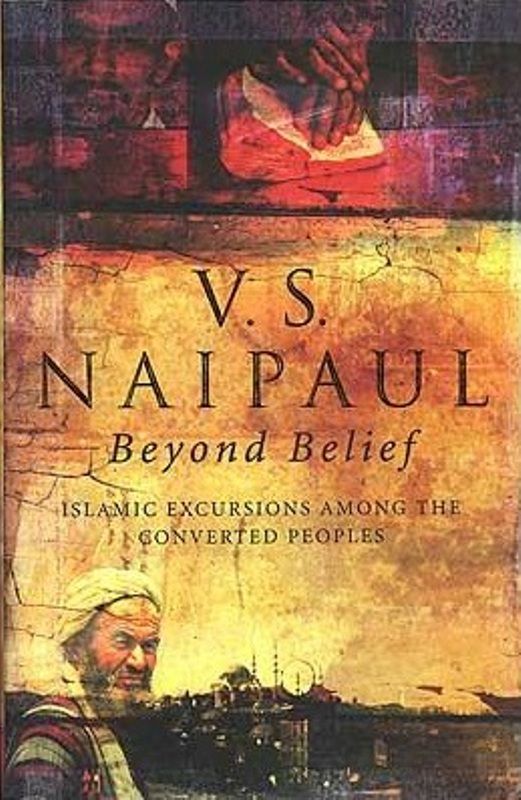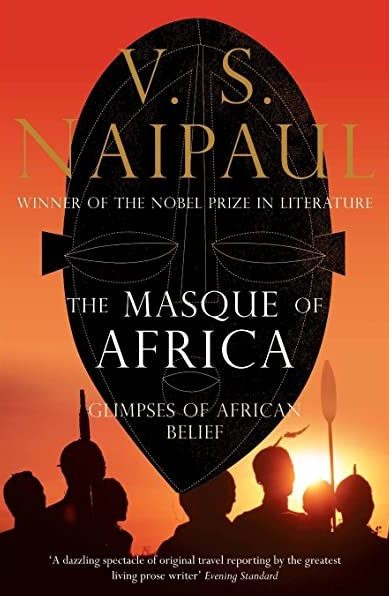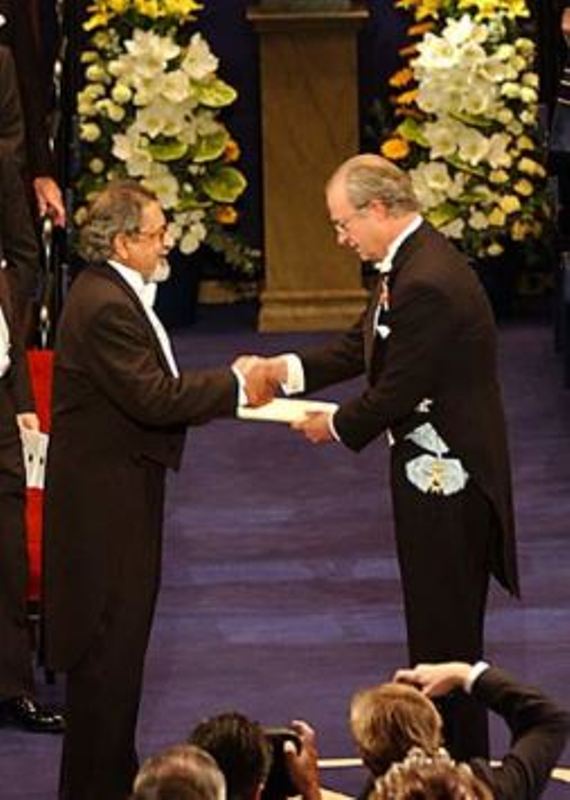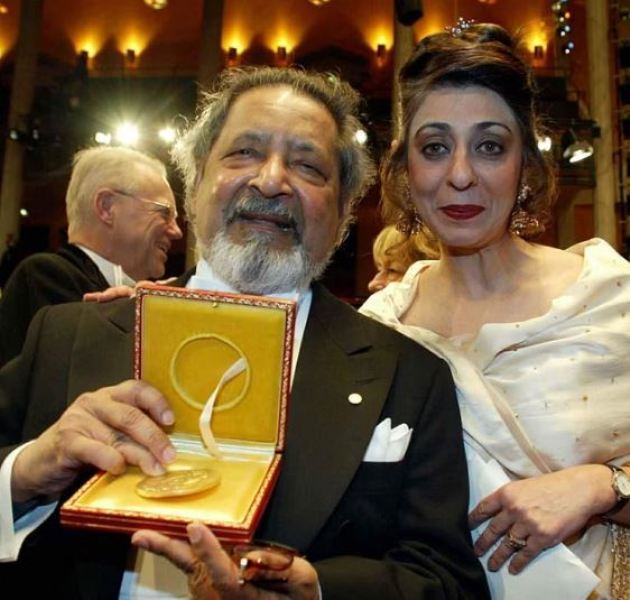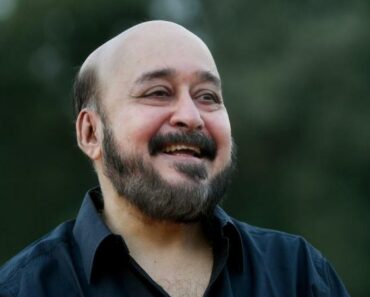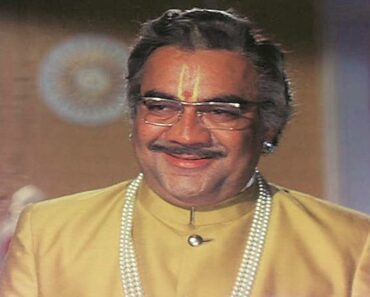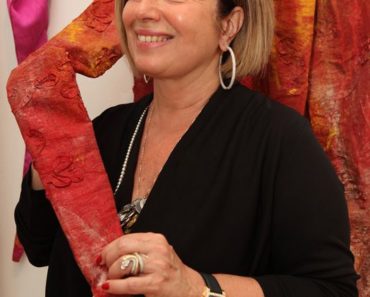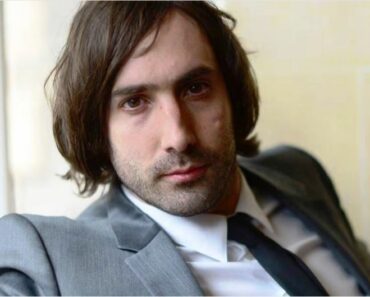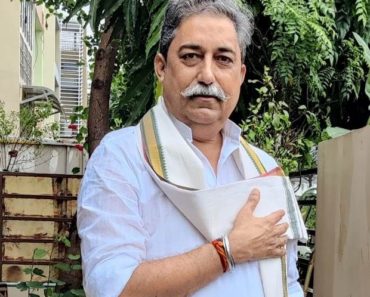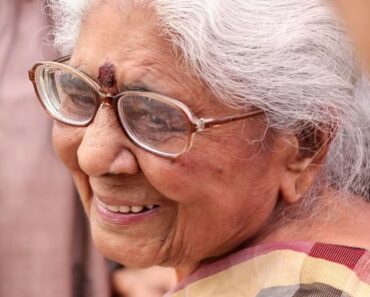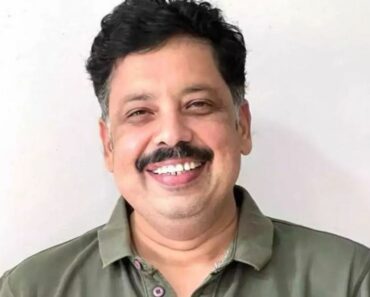V. S. Naipaul (1932-2018) was a Trinidadian British author of Indian descent, who was known for his fictional and non-fictional English works like The Mystic Masseur (1957), The Suffrage of Elvira (1958), Miguel Street (1959), and A House for Mr Biswas (1961). He published over thirty books in a career spanning more than five decades. His first three books are related to the comic theme of portraits based on Trinidadian culture and society. In 1990, he attained knighthood in Britain. In 2001, V. S. Naipaul won the Nobel Prize for Literature.
Contents
Wiki/Biography
Sir Vidiadhar Surajprasad Naipaul was born on Wednesday, 17 August 1932 (age 85 years; at the time of death) in the town of Chaguanas on the island of Trinidad. His zodiac sign was Leo. In 1938, his family moved to Port of Spain, where he studied at Queens Royal College, a secondary school in Trinidad and Tobago. In 1948, V. S. Naipaul won a Trinidad government scholarship to study in England. In 1950, he left Trinidad and went to England to study English at the University of Oxford, where he wrote his first novel. In 1953, he enrolled for a Bachelor of Letters (B. Litt.), the second undergraduate degree in English Literature at the University of Oxford. In December 1953, he failed in B.Litt. exams due to which he was unable to attain the degree. In 1954, V. S. In 1954, V. S. Naipaul moved to London and took shelter in his cousin’s flat. [1]Internet Archive In his book titled A Bend In The River, he wrote
Non-fiction can distort; facts can be realigned. But fiction never lies.”
On 11 August 2018, V. S. Naipaul died at his home in London.
Family
In 1880, V. S. Naipaul’s paternal grandfather immigrated to Trinidad as indentured servants from British India and worked in a sugar plantation. In the 1890s, his maternal grandfather also immigrated to Trinidad as an indentured labourer.
Parents & Siblings
V. S. Naipaul’s mother, Droapatie Capildeo, belonged to an Indo-Trinidadian family of Hindu pundits. His father, Seepersad Naipaul, was a Trinidadian author and journalist. Seepersad Naipaul died in October 1953. V. S. Naipaul was the elder son of his parents. His father used to call him “Vido.” He had a younger brother named Shiva, who was a novelist and journalist. He had three sisters named Mira, Savi, and Nalini.
Wife & Children
In 1952, at the University of Oxford, V. S. Naipaul met a history student named Patricia Ann Hale, and in 1953, both completed their graduation together. In 1955, V. S. Naipaul and Patricia Ann Hale got married to each other. In 1995, during his trip to Indonesia, Naipaul met Nadira Alvi, a Pakistani journalist at The Nation, a Pakistani newspaper. Two months after Patricia’s death, V. S. Naipaul got married to Nadira Alvi. The age gap between both was more than 20 years. Nadira Alvi’s first marriage was with a 26 years older man than her, Agha Hashim, with whom she had two daughters, Gul Zehra, and Sumar Zahra. After the divorce from her first husband, Agha Hashim, Nadira got married to Iqbal Shah and was blessed with a daughter named Maleeha and a son named Nadir Shah. Later, V. S. Naipaul adopted Maleeha and Nadir Shah.
Relationships/Affairs
In 1972, V. S. Naipaul had an affair with Margaret Murray Gooding, an Anglo-Argentine woman, who he met on his trip to Argentina. She was married and had three children. He continued his affair with Margaret for next 24 years.
Signature/Autograph
Career
In 1954, V. S. Naipaul moved to London and due to a lack of money and unemployment, V. S. Naipaul was completely dependent on his first wife, Patricia Ann Hale. In December 1954, the producer of BBC and weekly program, Caribbean Voices, Henry Swanzy offered V. S. Naipaul a job opportunity for the role of presenter of the weekly program. At the BBC, he conducted several interviews, presented weekly programs, and wrote short articles and reviews. He worked at BBC and Caribbean Voices till 1958. In January 1955, he shifted to a flat in Kilburn, London with Patricia Ann Hale. In 1955, V. S. Naipaul wrote a story of 3,000 words, based on his childhood memory of a neighbour in Port of Spain Street. His story deeply affected three of his fellow writers, John Stockbridge, Andrew Salkey, and Gordon Woolford, who later encouraged him to write more often. For the next whole month, he put emphasis on writing a collection of linked stories related to Port of Spain Street, which later on became his first book of 176 pages named Miguel Street. It was published in 1959. The editor of a publishing company, Diana Athill and the publisher, André Deutsch, liked his book Miguel Street and his style of writing. But the book was unlikely to make any profit in Britain. Thus, Diana Athill and André Deutsch asked him to write a novel for £125. In the Autumn of 1955, V. S. Naipaul finished his other novel, The Mystic Masseur, which was accepted by Deutsch on 8 December 1955. In 1957, Naipaul got full-time employment at the Cement and Concrete Association (C&CA), which published the magazine Concrete Quarterly, as an editorial assistant. He did not enjoy the desk job and left the job in ten weeks. But the salary of £1,000 made him financially stable and allowed him to send some money to his family in Trinidad. In the same year, Francis Wyndham, an English writer and literary editor introduced him to novelist Anthony Powell, who helped V. S. Naipaul to get a part-time job reviewing books monthly at New Statesman. He left the job in 1961. In 1961, Naipaul was invited by the Premier of Trinidad and Tobago of West Indies Federation, Dr Eric Williams, to visit British Guiana, Suriname, Martinique and Jamaica and write a book on the Caribbean. V. S. Naipaul wrote a book titled The Middle Passage: Impressions of Five Societies – British, French and Dutch in the West Indies and South America (1962), which was Naipaul’s first work of travel writing. In 1962, V. S. Naipaul visited India for a year with Patricia Ann Hale. In 1963, V. S. Naipaul started writing a monthly “Letter from London” for the Illustrated Weekly of India for two years.
Fiction
- The Mystic Masseur (1957)
- The Suffrage of Elvira (1958)
- A House for Mr Biswas (1961)
- Mr Stone and the Knights Companion (1963)
- The Mimic Men (1967)
- A Flag on the Island (1967)
- Guerrillas (1975)
- A Bend in the River (1979)
- The Enigma of Arrival (1987)
- A Way in the World (1994)
- Magic Seeds (2004)
Non-fiction
- The Middle Passage: Impressions of Five Societies – British, French and Dutch in the West Indies and South America (1962)
- The Loss of El Dorado (1969)
- The Overcrowded Barracoon and Other Articles (1972)
- India: A Wounded Civilization (1977)
- A Congo Diary (1980)
- The Return of Eva Perón and the Killings in Trinidad (1980)
- Among the Believers: An Islamic Journey (1981)
- Finding the Centre: Two Narratives (1984)
- A Turn in the South (1989)
- India: A Million Mutinies Now (1990)
- Between Father and Son: Family Letters (1999)
- The Writer and the World: Essays (2002)
- A Writer’s People: Ways of Looking and Feeling (2007)
Controversies
V. S. Naipaul accused of misogyny
V. S. Naipaul was accused of committing acts of physical abuse against his wife. Margaret Murray wrote a letter in response to The Lessons of the Master (2008) by Ian Buruma, a Dutch writer, where she wrote,
Vidia (V. S. Naipaul) says I didn’t mind the abuse. I certainly did mind.” [2]The New York Review Of Books
V. S. Naipaul claimed no female writer can match his literary style of writing
In 2011, in an interview, V. S. Naipaul claimed that he did not consider any female writer his literary match. He called Jane Austen’s writings as “sentimental.” He said,
women have a narrow view of the world because inevitably for a woman, she is not a complete master of a house, so that comes over in her writing too. I read a piece of writing and within a paragraph or two I know whether it is by a woman or not. I think [it is] unequal to me. My publisher, who was so good as a taster and editor, when she became a writer, lo and behold, it was all this feminine tosh. I don’t mean this in any unkind way.” [3]The Guardian
V. S. Naipaul looked down upon Trinidadian people
In an interview, he talked about Trinidad’s people being unimportant and said,
I can’t see a Monkey – you can use a capital M, that’s an affectionate word for the generality – reading my work… These people live purely physical lives, which I find contemptible…It makes them only interesting to chaps in universities who want to do compassionate studies about brutes. In another, he described Trinidad are unimportant, uncreative, cynical, a dot on the map.” [4]Scroll In
Awards, Honours, Achievements
- V. S. Naipaul won the Nobel Prize for Literature in 2001 for his book titled Half a Life (2001). [5]Nobel Prize
- He was awarded the John Llewellyn Rhys Prize in 1958 for his book titled The Mystic Masseur.
- V. S. Naipaul was awarded the Somerset Maugham Award in 1961 for his book titled Miguel Street.
- In 1990, he was awarded the Trinity Cross, the highest National Awards of Trinidad and Tobago, for his outstanding service to Trinidad and Tobago.
- In 1993, V. S. Naipaul was awarded the David Cohen British Literature Prize by the Arts Council of England.
- In 1983, he won the Jerusalem Prize, a biennial literary award for his works which dealt with themes of human freedom in society.
- In 1971, V. S. Naipaul was awarded the Booker Prize for his book titled In a Free State (1971).
Death
On 11 August 2018, V. S. Naipaul died at his home in London. His funeral took place at Kensal Green Cemetery. [6]The New York Times
Facts/Trivia
- The book titled A House for Mr Biswas (1961) was dedicated to his father’s life from his childhood memories. In 1983, during an interview, he talked about the book and said,
The book took three years to write. It felt like a career; and there was a short period, towards the end of the writing, when I do believe I knew all or much of the book by heart. The labour ended; the book began to recede. And I found that I was unwilling to re-enter the world I had created, unwilling to expose myself again to the emotions that lay below the comedy. I became nervous of the book. I haven’t read it since I passed the proofs in May 1961.”
- In 2011, on the fiftieth anniversary of the publication of V. S. Naipaul’s book A House for Mr Biswas (1961), V. S. Naipaul dedicated the book to his late wife Patricia Anne Hale.
- In 1967, V. S. Naipaul served at Makerere University in Kampala, Uganda, as writer-in-residence.
- In late 1964, V. S. Naipaul was asked to write an original script for an American movie. He ended up writing a novella titled A Flag on the Island, but the director did not like the storyline, and the movie was never made.
References

